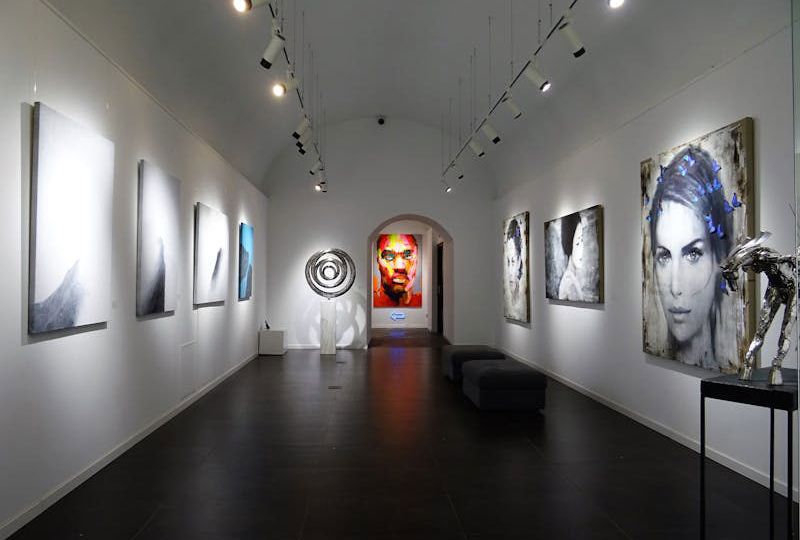
Exhibitions have always been a feature platform for showcasing innovation, culture, and history, drawing visitors into a world of discovery and engagement. As we move further into 2024, the trends shaping exhibition design are evolving, reflecting broader shifts in technology, sustainability, and visitor engagement. In this blog, we’ll explore the latest trends in exhibition design, offering insights for curators, designers, and enthusiasts keen to stay ahead of the curve.
Embracing Digital Technology
The integration of digital technology into exhibition spaces is not new, but its application is becoming more innovative and immersive. Augmented Reality (AR) and Virtual Reality (VR) are at the forefront, offering visitors personalised and interactive experiences. Imagine donning a VR headset to step back in time to a historical event or using AR to bring static exhibits to life with additional layers of information and visualisation. These technologies not only enhance the visitor experience but also offer new ways to educate and engage audiences.
Sustainable Practices
Sustainability is a pressing concern across all sectors, and the exhibition industry is no exception. Designers and organisers are increasingly adopting eco-friendly practices, from the materials used in construction to the energy powering the displays. Biodegradable materials, LED lighting, and digital tickets are becoming the norm, reflecting a commitment to minimising environmental impact. Furthermore, there’s a growing trend towards creating reusable and modular exhibition elements that can be adapted and reconfigured for different shows, reducing waste and promoting a circular economy.
Interactive and Participatory Experiences
Gone are the days when visitors were passive observers. Today’s exhibitions are designed to be interactive, encouraging participation and engagement. Interactive touchscreens, participatory art installations, and hands-on workshops allow visitors to become active participants, creating a more memorable and personal experience. This trend not only makes exhibitions more engaging but also helps to cater to diverse learning styles and interests.
Storytelling Narratives
Storytelling has always been a powerful way to connect with audiences, and it’s taking centre stage in exhibition design. Curators are crafting compelling narratives that guide visitors through the exhibition, weaving together the various elements into a cohesive story. This approach helps to contextualise the exhibits, making them more relatable and engaging. Whether through multimedia presentations, thematic layouts, or curated paths, storytelling enriches the visitor experience, making it more meaningful and impactful.
Accessibility and Inclusivity
Ensuring exhibitions are accessible and inclusive to all visitors is a growing priority. This means designing spaces that are physically accessible to people with disabilities, as well as creating content that is culturally sensitive and inclusive. Technology plays a key role here, with audio guides, sign language apps, and tactile models making exhibitions more accessible to people with visual or hearing impairments. By embracing diversity and inclusivity, exhibitions can reach a wider audience and foster a sense of belonging and understanding.
Localisation and Globalisation
Exhibitions are increasingly reflecting a blend of local and global perspectives. There’s a trend towards showcasing local heritage and stories, connecting visitors with the culture and history of the area. At the same time, exhibitions are adopting global themes and issues, such as climate change, migration, and technological innovation, drawing connections between the local and the global. This dual approach enriches the exhibition experience, offering both a sense of place and a broader worldview.
Looking to the Future
The world of exhibition design is rapidly evolving, driven by advances in technology, a commitment to sustainability, and a desire to create more engaging, inclusive, and meaningful experiences. By embracing these trends, designers and curators can create exhibitions that not only captivate and educate but also inspire and provoke thought. As we look to the future, it’s clear that exhibitions will continue to be a vital space for exploration, discovery, and connection, reflecting the complexities and wonders of our world.
